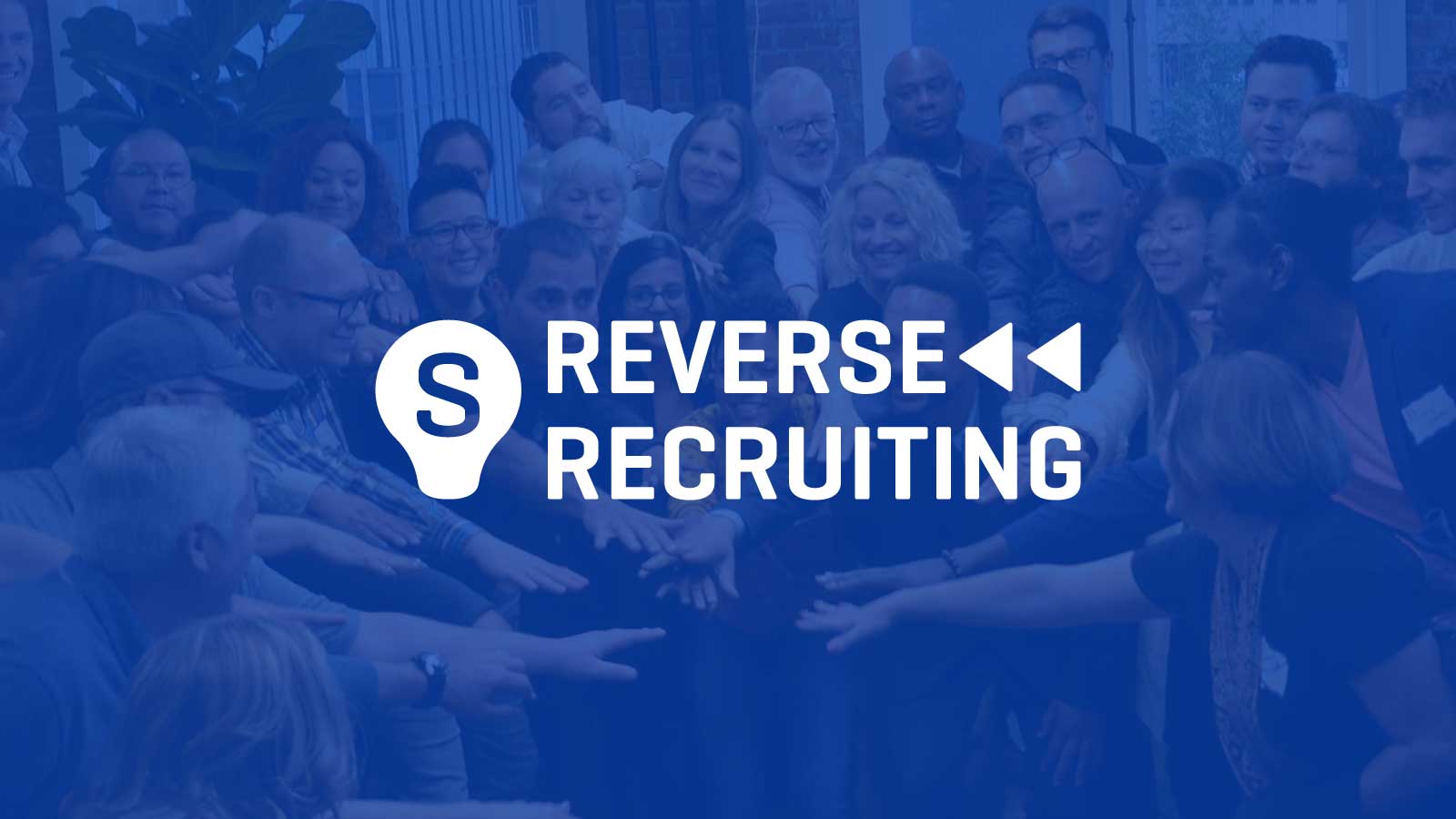Reassessing Recruitment: Leveraging Reverse Recruiting for Competitive Advantage
Reassessing Recruitment: Leveraging Reverse Recruiting for Competitive Advantage
Blog Article
Boost Your Hiring Video Game With Strategic Reverse Hiring Approaches
In the realm of skill purchase, traditional recruiting approaches have long been the standard. Nevertheless, as the landscape of hiring evolves, organizations are progressively transforming to innovative techniques such as tactical reverse recruiting to gain an one-upmanship in safeguarding top ability. This change in way of thinking calls for a thoughtful reconsideration of just how companies approach the employing procedure, concentrating on drawing in easy prospects as opposed to only counting on active task applicants. By turning the manuscript and proactively engaging with people that may not be proactively seeking new possibilities, companies open themselves as much as a swimming pool of untapped potential. This tactical method not only widens the skill pipe yet also cultivates an extra varied and knowledgeable workforce.
Recognizing Tactical Opposite Recruiting
Tactically leveraging the concept of reverse recruiting can significantly enhance your company's skill procurement approach. By flipping the traditional employment approach on its head, reverse recruiting entails proactively looking for and attracting passive prospects who may not be proactively trying to find new chances. This proactive technique allows companies to touch into a pool of premium ability that may not come through typical job posts alone.
Comprehending the details of tactical reverse recruiting is vital for its effective application. It requires a deep understanding of the market landscape, rival evaluation, and the certain ability that are in high need. reverse recruiting. By conducting thorough research study and leveraging market insights, organizations can recognize and engage with leading talent in an extra individualized and targeted fashion

Advantages of Reverse Recruiting
Reverse recruiting supplies an unique strategy to skill acquisition by proactively involving with easy prospects who may not be actively looking for job opportunities. One of the vital advantages of reverse recruiting is the capability to target candidates that are currently utilized and satisfied in their current roles.

Secret Elements of Reverse Hiring
Having explored the benefits of reverse recruiting in targeting top performers who are web content in their existing roles, it is necessary to understand the vital elements that make this technique effective in attracting easy prospects. Passive from this source prospects are frequently not proactively looking for brand-new chances, so having a positive online reputation as an employer can pique their interest.
An additional important element is customized outreach. Because easy candidates are not actively searching for tasks, generic employment messages are most likely to be overlooked. Tailoring outreach look here efforts to highlight just how the certain skills and experiences of the prospect line up with the company's requirements can significantly increase the possibilities of getting their interest.
Additionally, fostering connections with passive candidates over time is crucial. Frequently involving with them through networking occasions, market meetings, or perhaps periodic check-ins can assist construct rapport and count on, making them extra responsive to possible work possibilities in the future. By including these crucial parts right into reverse recruiting strategies, organizations can effectively bring in and employ top skill from the pool of passive prospects.
Executing Reverse Recruiting Strategies

In addition, creating compelling company branding and showcasing a favorable company society can aid attract passive candidates and motivate them to think about new occupation chances. Constructing an ability community or ability pipe can also be useful in nurturing connections with easy prospects with time, keeping them engaged and thinking about prospective future roles within the organization. Overall, carrying out reverse recruiting techniques calls for a positive and tailored approach to talent procurement, focusing on developing significant connections with passive candidates to drive long-term employment success.
Determining Success backwards Hiring
Reliable measurement of success in hiring methods needs a comprehensive analysis of vital performance indications and metrics to analyze the influence and efficiency of skill procurement initiatives. In the context of reverse recruiting, particular metrics can give valuable insights right into the efficiency and performance of the approach. One critical metric is the quality of candidates engaged via reverse recruiting networks. By measuring the conversion price of passive prospects into active candidates or works with, companies can gauge the performance of their reverse recruiting campaigns.
In addition, tracking the time-to-fill metric for positions filled through reverse recruiting can use beneficial data on the performance of the process. A shorter time-to-fill shows that the strategy is attracting certified prospects promptly. Keeping track of retention prices among candidates hired via reverse techniques can supply insights right into the long-term success of the approach. High retention prices recommend that the prospects sourced through reverse recruiting are an excellent fit for the organization, contributing positively to its overall talent swimming pool. By examining these crucial metrics, organizations can successfully determine the success of their reverse recruiting initiatives and make educated choices to optimize their ability acquisition techniques.
Final Thought
To conclude, calculated reverse recruiting provides an unique strategy to hiring that concentrates on attracting leading skill via positive engagement and relationship-building. By leveraging this technique, organizations can get an one-upmanship in the skill market and boost their employment results. It is necessary to recognize the benefits, crucial components, and approaches of reverse recruiting to properly implement and determine success in this innovative method to hiring.
Report this page